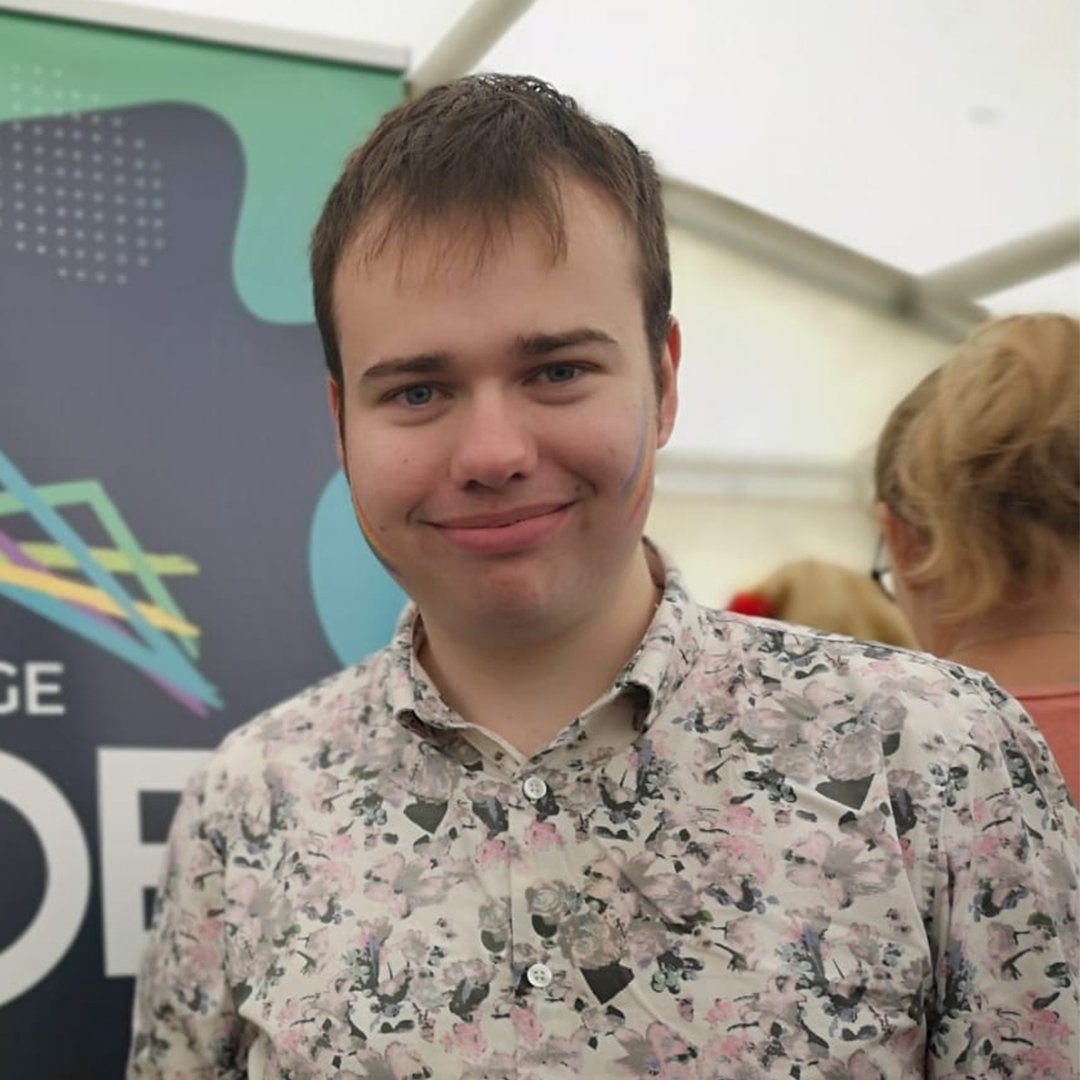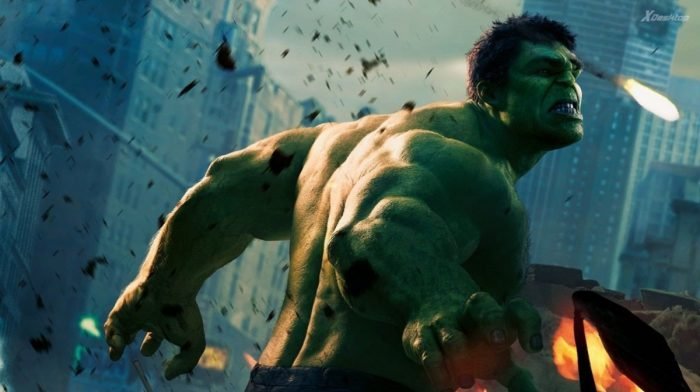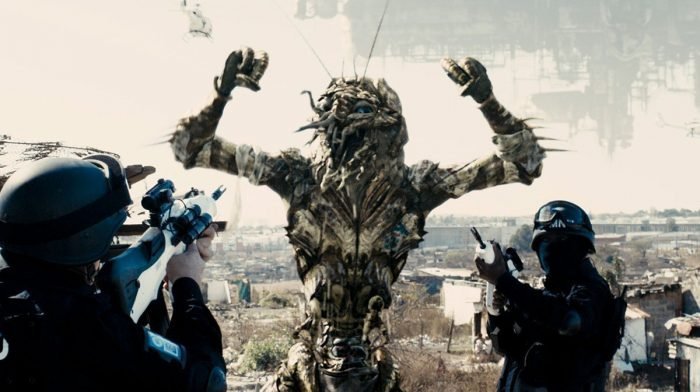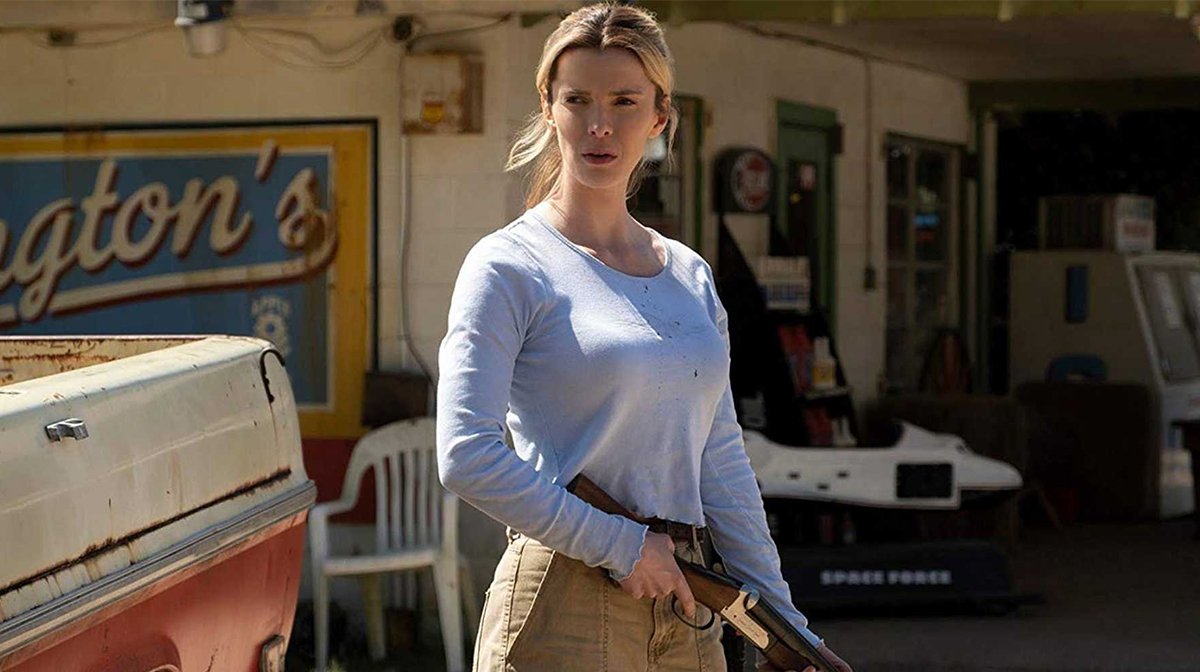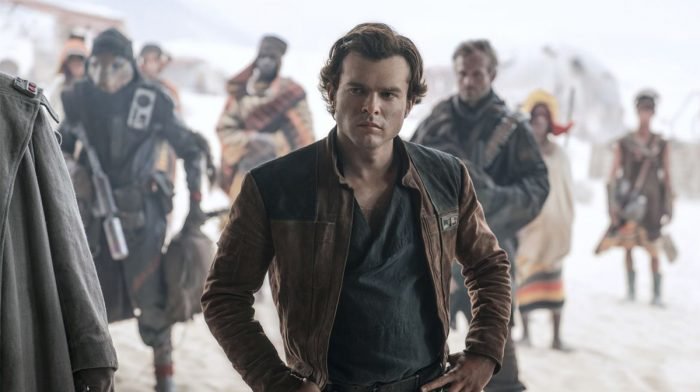When writing Oppenheimer, Christopher Nolan had a fully-formed vision for how every aspect of the movie should look – but as for the sound? That was more of a blank slate.
“The only idea he had about the score was that he wanted to use the violin to portray Oppenheimer”, composer Ludwig Göransson explained to Zavvi. “After a while experimenting with tones on the violin, it became clear why this instrument was needed to convey his personality; in a split second, any performance can transform from romantic to neurotic, completely transforming the mood without radically transforming the way you’re playing.”
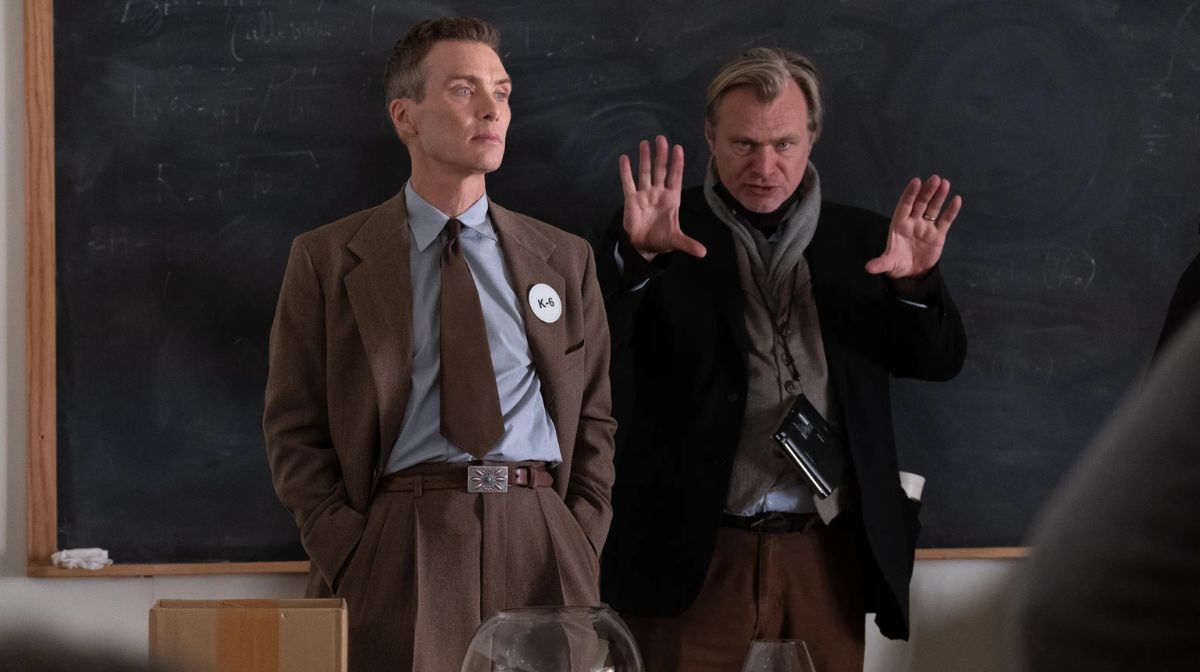
Universal Pictures
The Oscar-nominated composer had far more freedom to experiment this time around than with his prior score for the director – 2020’s Tenet – which he approached from a far more analytical perspective, playing around with time in ways arguably even more head-spinning than the movie he was composing.
However, despite keeping things relatively simple in the initial stages of drafting the score by using a single instrument, Göransson eventually ended up pushing himself to even more challenging extremes than his previous collaboration with Nolan.
“On reading the screenplay, I knew I needed to combine the emotional aspect conveyed by the violin with maths and science. This is where the idea to have 21 tempo changes within a single track came about.
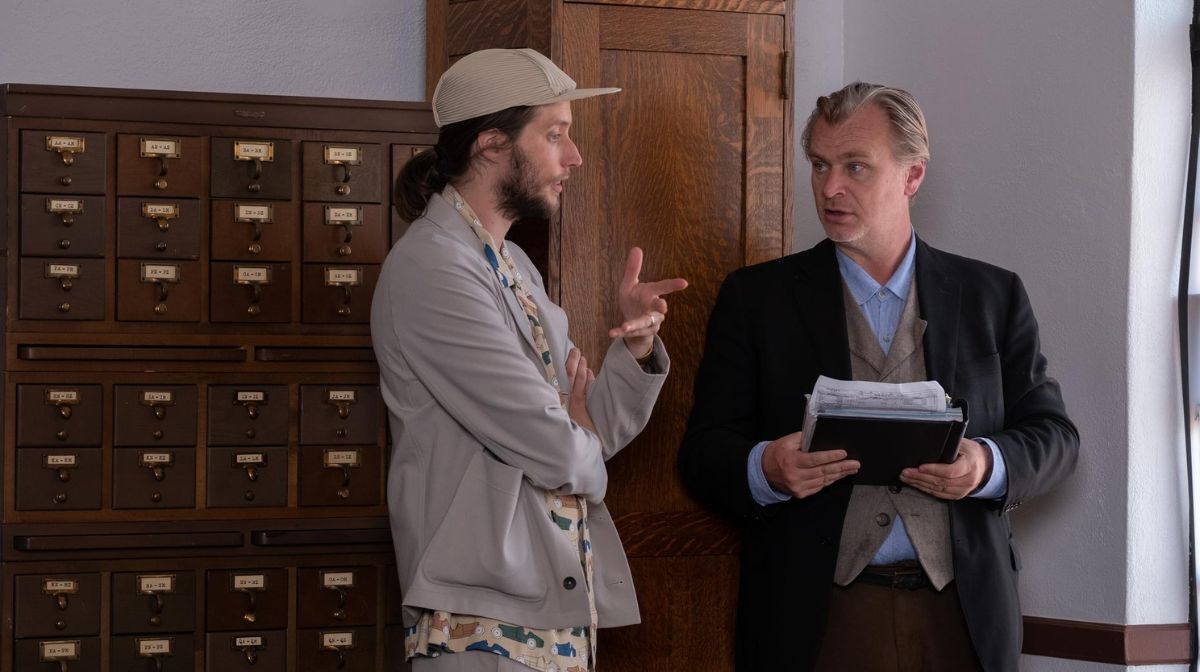
Universal Pictures
“We were still early in production at this point, but Chris invited me to a meeting with a physicist to discuss quantum mechanics. I’ll be honest, I didn’t understand a lot of it, but just hearing descriptions of these terms gave me the idea of experimenting with maths in a way that I haven’t done before.”
Nolan brought the composer on board the project before shooting was underway, working from the screenplay alone for approximately three months, with the pair meeting up weekly to check on the process. For someone who has a reputation as an exacting, perfectionist filmmaker, speaking to many of his closest collaborators reveals a different picture – this is someone who wants to give his team “space to f**k up”, knowing that making mistakes along the way is a vital part of the process.
The final piece of the puzzle to tie every musical conceit together in Göransson’s mind was the first time he saw Cillian Murphy in costume, when he was invited along by the director to observe an early screen test. He still can’t quite articulate the feeling, describing it as a visual “more powerful than words” that helped pull everything together.
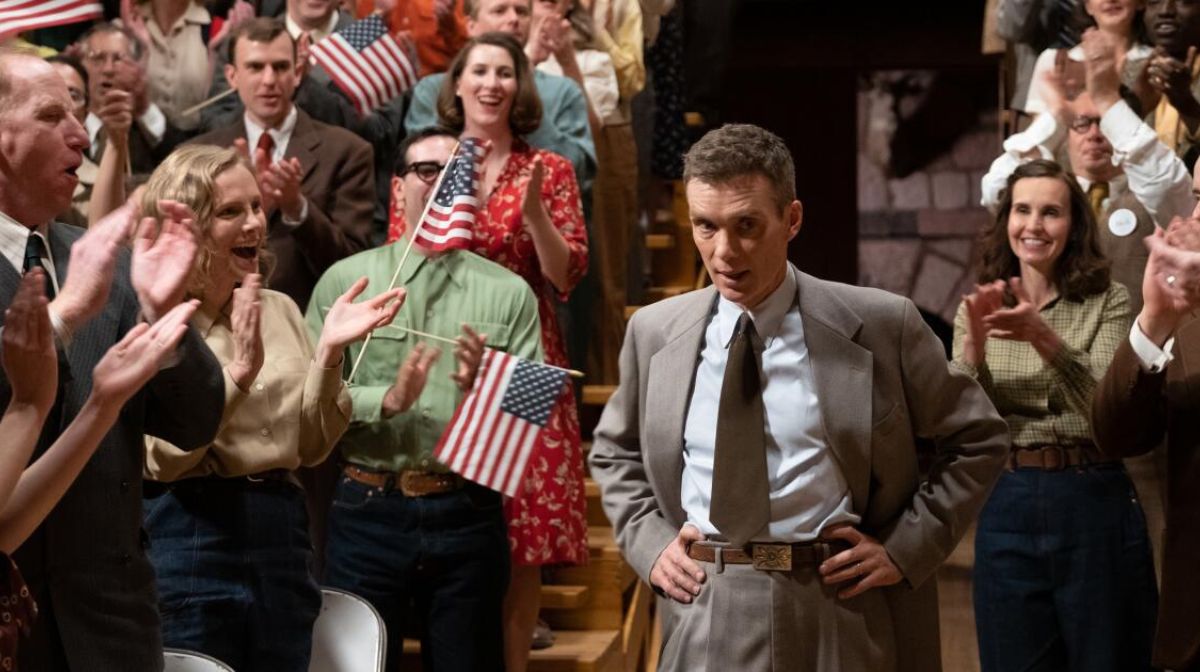
Universal Pictures
The finished score has been described the composer as his “most personal” to date, and not just because it allowed him to work far closer with his wife – violinist Serena McKinney – than any of his prior work.
“Oppenheimer’s a very complicated character, so the depths I had to go to in order to connect with his emotional journey, to accurately portray what was going on in his mind, was a dark one. I always knew I’d have to try go to those places with him, as that’s how the music would resonate.
“But it was never a harrowing experience in the moment; my head was too deep into the music to even contemplate what kind of toll it would take on me. When I was finished, that’s when I realised just how much this experience affected me; I can only imagine how it must have felt for Cillian, to have fully embodied the character.”
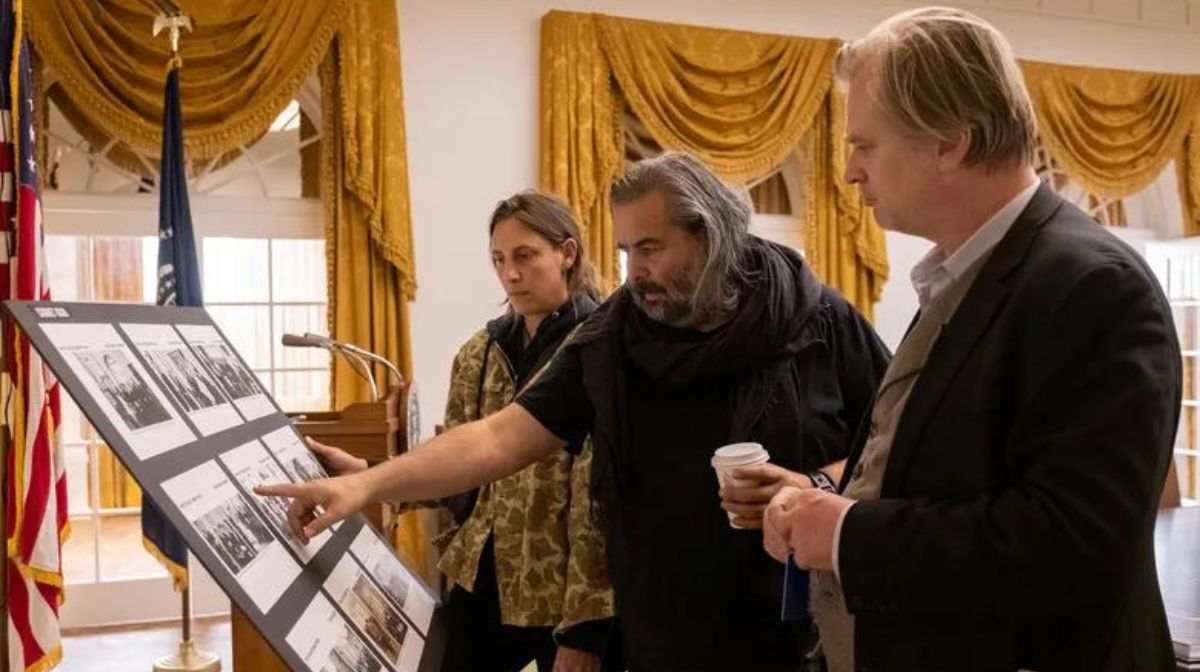
Universal Pictures
Dutch cinematographer Hoyte van Hoytema, who has shot each Nolan film since 2014’s sci-fi weepie Interstellar, was gifted one hell of a challenge in translating the script to the screen. Unusually, Nolan’s screenplay is written entirely in the first person, from its protagonist’s perspective, even though it isn’t shot that way, ensuring Hoytema had some restrictions with which to work from.
As he explained to Zavvi: “My initial feeling was that the script wasn’t an instruction of how the film would be seen, but rather a way to allow the reader to envision it in their head. In many ways, it was the best handout; he allows you freedom on set, but he wrote this so you’d always have something in the back of your head you can fall back on – so no matter how free you were, you would have this very vivid, core vision to build out from.”
A lot has already been written about how Hoytema and the team pulled off staging each set piece using in-camera visual trickery, old-school style, experimenting with balloons and ping-pong balls to bring the most apocalyptically explosive visuals to life. This was a fun challenge – the trickiest part was bringing the intimate scenes to life, while shooting on IMAX 70mm cameras best utilised for capturing blockbuster bombast.
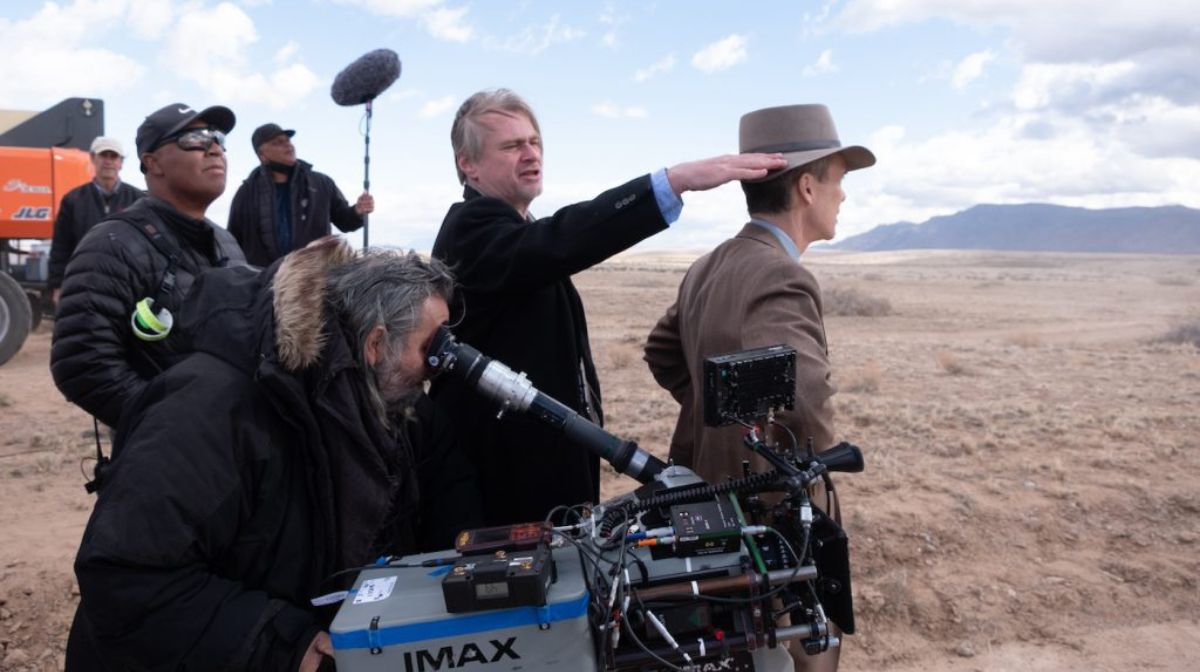
Universal Pictures
The cinematographer continued: “It’s tricky for us, but it’s even more intimidating for actors, having this camera the size of a mini bar pushed into their faces; it’s a beast, and a really noisy one to operate at that! We developed some special lenses that allowed us to achieve a lot of those close-ups, but it still requires the actors to think in a different way – this is a camera that’s hard to forget is right there in front of them.
“For me, it’s not a disadvantage that it’s so intimadating. I’ve always loved the idea that the camera is the machine this world revolves around, and it needs to be treated with respect; it functions to register everything in front of it, and so that reverence in the opposite direction is vital too.”
Once shot, editor Jennifer Lame stepped in to help translate Nolan’s vision into its final form. When hired to work on Tenet, she was told by the director that she was responsible for cutting the hardest movie anybody in Hollywood had ever had to edit, so she was initially relieved to hear that this time it would be more in her comfort zone, with “a lot of people talking at tables”.
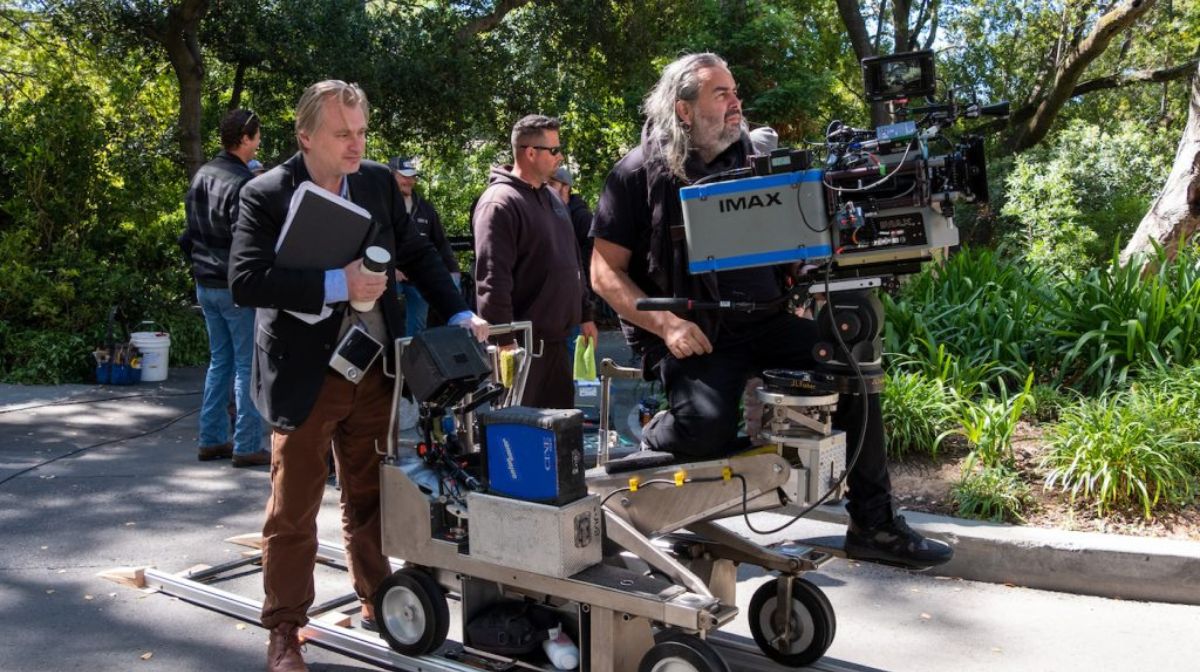
Universal Pictures
Or so she thought, as the level of prescision in the screenplay when it came to describing the visual effects was daunting at first glance, as she became aware that the challenge was to ensure they “wouldn’t look like a gimmick, but have the visceral, intimidating feeling the script was trying to convey.” Luckily, Lame was instructed to just use Nolan’s script as a loose framework, despite the specficity of the visuals written within.
As she explained to Zavvi: “When I first worked with him on Tenet, he wanted me to feel empowered, and gave me agency over the film. He didn’t want me to just push buttons, he wanted me to think outside the box and work directly with him – he knows what he wants, as you can tell when the script is this tight, but he’s lovely to work with because he still wants to hear ideas other than his own.
“As long as you’re engaged with the work, he frees you up to make as many mistakes as possible. His scripts are so descriptive, which can be scary on the face of it, but the trick to working with him is not getting bogged down in the details, and understand that what you’re assembling is a puzzle.

Universal Pictures
“What I love about his movies is that you can watch them 10 different times and follow different paths, like a Choose Your Own Adventure book, and that’s part of the joy working on his movies; every time we screened this in the edit suite, I was focusing on a different character each time. I love getting lost in the puzzle, and it’s amazing to be putting one together for others to solve.”
As Oppenheimer progresses, it becomes more of an insular, paranoid beast – the closest thing to a horror movie Nolan has ever made. Lame was first hired by Nolan after he was impressed by her work on Hereditary, so did her background in horror prove helpful here?
“I’m lucky to have bounced around different genres, but I initially turned down the chance to cut Hereditary – I have no background in horror, and I’m a baby who hates gore! But speaking to (director) Ari Aster, it became clear that’s why he wanted me; he’d seen my work on Manchester By The Sea, which had just come out, and wanted someone who would approach the material as a character drama, not as a quote-unquote horror film.
“My job was to make the best film by elevating those performances and effectively building tension, which adds to the horror. I was nervous when I first did that, but now working with Chris on a film that at different times can be a coming-of-age story, a courtroom drama, and a horror film, I was no longer intimidated about playing outside of my comfort zone – and that’s when I can start having fun with it!”
